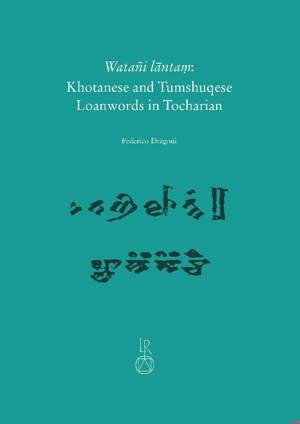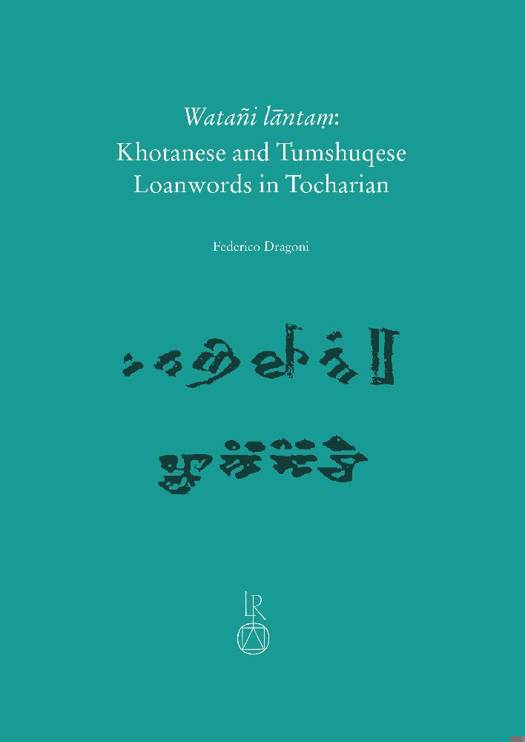
- Afhalen na 1 uur in een winkel met voorraad
- Gratis thuislevering in België vanaf € 30
- Ruim aanbod met 7 miljoen producten
- Afhalen na 1 uur in een winkel met voorraad
- Gratis thuislevering in België vanaf € 30
- Ruim aanbod met 7 miljoen producten
Zoeken
€ 103,45
+ 206 punten
Omschrijving
This work contains the first systematic investigation of the linguistic contacts between Tocharian A and B and Khotanese and Tumshuqese, four languages once spoken in the Tarim Basin, in today's Xinjiang Uyghur Autonomous Region in Northwest China. The main part of the book is devoted to determining a corpus of reliable Khotanese and Tumshuqese loanwords in Tocharian: new borrowing etymologies are proposed, and some old correspondences are rejected. The discussion of the individual loanwords often involves a fresh examination of the text passages where they occur, and, in some cases, it offers lexical insights regarding a variety of neighbouring languages (Chinese, Middle Persian, Parthian, Sogdian, Gandhari and Old Uyghur). A detailed phonological, morphological, and semantic analysis of the corpus follows, with a view to determine the phonological correspondences, the relative chronology of the loanwords and possible historical scenarios of cultural exchange. One of the results of this investigation is that the influence of Khotanese and Tumshuqese on Tocharian was much more extensive than previously thought and it spanned over almost two millennia, from the early Iron Age until the extinction of the four languages at the end of the first millennium CE.
Specificaties
Betrokkenen
- Auteur(s):
- Uitgeverij:
Inhoud
- Aantal bladzijden:
- 332
- Taal:
- Engels
- Reeks:
- Reeksnummer:
- nr. 50
Eigenschappen
- Productcode (EAN):
- 9783752006902
- Verschijningsdatum:
- 14/08/2023
- Uitvoering:
- Hardcover
- Formaat:
- Genaaid
- Afmetingen:
- 178 mm x 26 mm
- Gewicht:
- 508 g

Alleen bij Standaard Boekhandel
+ 206 punten op je klantenkaart van Standaard Boekhandel
Beoordelingen
We publiceren alleen reviews die voldoen aan de voorwaarden voor reviews. Bekijk onze voorwaarden voor reviews.











